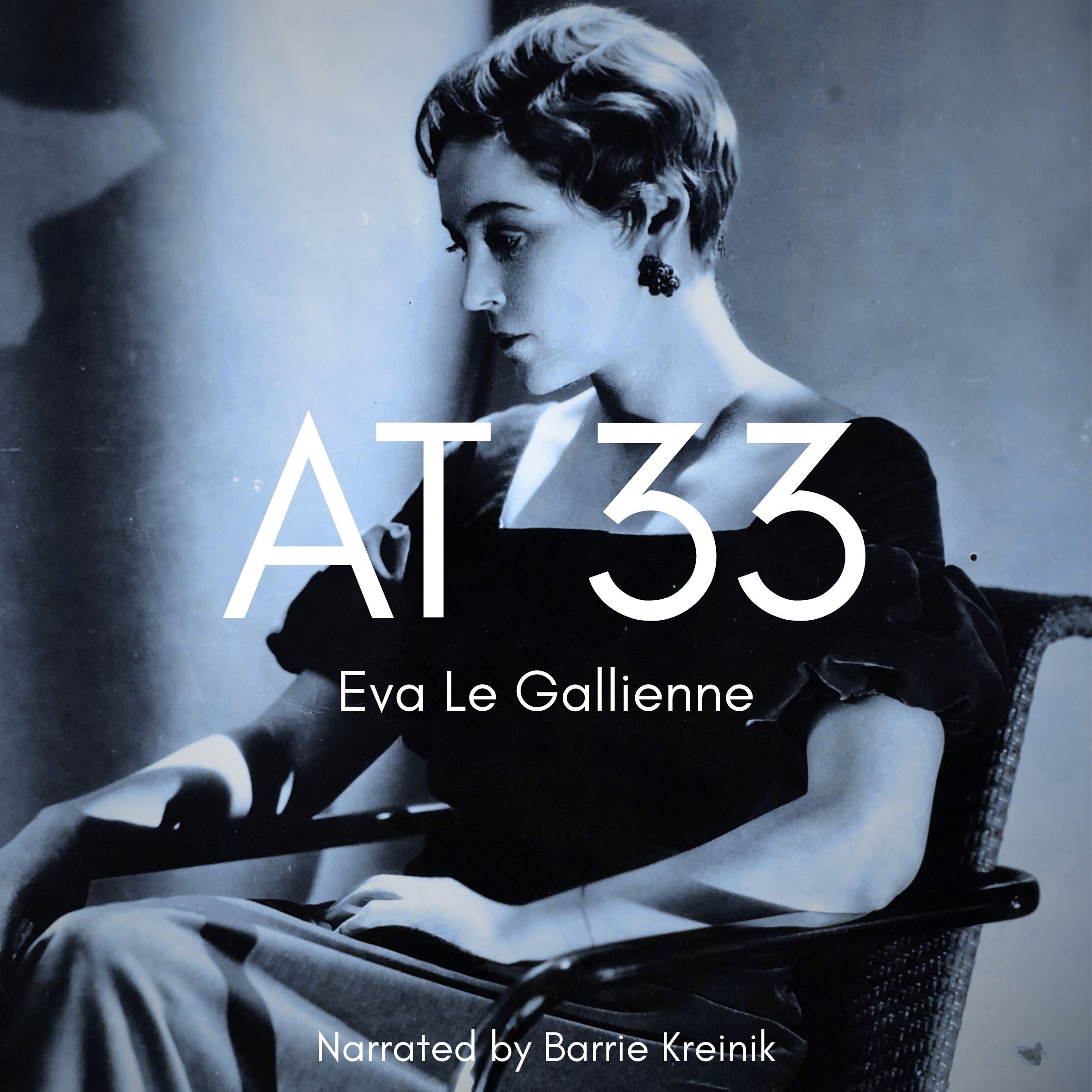Jiangsu 4
Listen to Jiangsu 4, a 22-year-old man from Dafeng, Yangcheng, Jiangsu Province, China. Click or tap the triangle-shaped play button to hear the subject.
Both as a courtesy and to comply with copyright law, please remember to credit IDEA for direct or indirect use of samples. IDEA is a free resource; please consider supporting us.
BIOGRAPHICAL INFORMATION
AGE: 22
DATE OF BIRTH (DD/MM/YYYY): 10/02/1988
PLACE OF BIRTH: Dafeng, Yangcheng, Jiangsu Province
GENDER: male
ETHNICITY: Han Chinese
OCCUPATION: student
EDUCATION: At the time of the recording, the subject was in his fourth year at university.
AREA(S) OF RESIDENCE OUTSIDE REPRESENTATIVE REGION FOR LONGER THAN SIX MONTHS:
Subject came to live in Suzhou, Jiangsu, three and a half years before the date of the recording.
OTHER INFLUENCES ON SPEECH:
The subject was raised in the small city of Dafeng, in what is now known as Middle Jiangsu Province, and speaks a local version of the Jianghuai dialect. The only external influence on his native dialect has been his four years at university in Suzhou. This is not thought to have amounted to very much, and mainly due the constant use of Putonghua at the university. He began to learn English at the age of 13 in high school. His teachers then were Chinese nationals, and they had some influence. He did have one Frenchman teaching him English in senior school. There is no noticeable influence from this source! At university, he was exposed to native English speakers (Hungarian/Canadian, American and Irish), but these influences are negligible.
The text used in our recordings of scripted speech can be found by clicking here.
RECORDED BY: Bill McCann
DATE OF RECORDING (DD/MM/YYYY): 16/04/2010
PHONETIC TRANSCRIPTION OF SCRIPTED SPEECH: N/A
TRANSCRIBED BY: N/A
DATE OF TRANSCRIPTION (DD/MM/YYYY): N/A
ORTHOGRAPHIC TRANSCRIPTION OF UNSCRIPTED SPEECH:
(Ahm) I started (ah) learning English at the age of 13, which means I began to study English (ah) from high school, senior school and till now, university. And (ah) during my [pause] experience of lealnin – learning English I [pause] was [pause] influenced by the most – mostly by the movies, films and (ah, ah) videos I’ve listened to or watched. So it doesn’t matter [pause] what kind of teacher, Chinese or English (ah) who is teaching me. My dialect (ah, ah) I think it influence a lot on (ahm) in my pronunciation because in my dialect it (ah) the letter ‘n’ and ‘l’ (ah) we – we – we don’t tell much difference, so it makes a little difficulty while we are learning English like (ah) the English two words – (ah) two English words (ahm) – lumber and number – so [laughing] this is a difficult point for us (ah) who share the Jianghuai dialect. [pause] OK?
TRANSCRIBED BY: Bill McCann
DATE OF TRANSCRIPTION (DD/MM/YYYY): 16/04/2010
PHONETIC TRANSCRIPTION OF UNSCRIPTED SPEECH: N/A
TRANSCRIBED BY: N/A
DATE OF TRANSCRIPTION (DD/MM/YYYY): N/A
SCHOLARLY COMMENTARY:
North Jiangsu is dominated by the so-called “Jianghuai Culture,” that is, the culture of the area between the Yangtse River (Jiang) and Huaihe River(Huai). Historically, the term North Jiangsu refers to the cities to the north of the Yangtze River. Nanjing and Zhenjiang are exceptions because, culturally, they are part of the Jianghuai region, although they lie south of the Yangtse.
The river Huai He, flowing through north Jiangsu to the Yellow Sea, was once a major river in central China and traditionally defined the border between North China and South China. However, from 1194 AD, the Yellow River, which then lay further north and flowed into Bohai Bay, changed its course several times and ran instead into the Huai He. The silting caused by this was so heavy that, after the last episode in 1855, the Huai He ceased to follow its usual course to the sea and flowed instead southward, through the Grand Canal, into the Yangtze. In the process, it formed two new lakes: Hongze Hu and Gaoyou Hu.
The Jianghuai Dialect, a member of the Mandarin Family, is spoken in the areas from the north of Yangtze to both shores of the original Huaihe. The Yangzhou Dialect is generally acknowledged as the premier dialect of the group and is widely taken to be very close to the official Mandarin (based on the Nanjing dialect) spoken during the Ming (1368-1644) and early (1644 – 1796) Qing dynasties. It is only moderately understandable to an outsider, as there are significant differences with modern standard Mandarin. The Jianghuai dialect and the WU dialects to the south are not mutually intelligible, and the dividing line is sharp and well defined. This is very evident when this sample is compared with theChina10 sound sample; the hometowns of the two speakers are separated by a mere 12 km (7.5 miles).
Before the silting of the Yangtse, which created the Qidong area, Dafeng was one of the largest salt-making areas in China. Early settlers here were migrants from either the north of China or from south of Yangtze. They maintained separated communities, and this separation has preserved the two distinct dialects that we find in the area today. The second is the Haimen dialect, which is similar to the Wu dialects spoken in South Jiangsu and in Zhejiang province but which itself is still quite distinct from the nearby (but much later) Qidong dialect – which can be heard in the China 10 sound sample.
Noticeable characteristics that can be heard on the sound sample include the voiceless character of initial consonants, which is typical of the Jianghuai dialect. Another characteristic, which the subject himself describes, is the /n/ and /l/ transposition, although he has clearly made a conscious effort to eliminate this from his own English pronunciation. You will hear, too, the difficulty in pronouncing the /s/ of the possessive or plural when it is preceded by another /s/ or/z/ sound. For example, listen to “Goose’s” and “influences.” This is very common in Jiangsu at least, although further research is needed before its precise geographical spread can be determined. The subject also shares some characteristics of Asian languages, such as the transposition of /l/ and /r/, as in “millionaire.” Again, this subject makes a conscious effort to eliminate this from his own speech. Similarly, the /v/ in “vet” is very strongly pronounced, to eliminate the more natural /w/.
COMMENTARY BY: Bill McCann
DATE OF COMMENTARY (DD/MM/YYYY): 16/04/2010
The archive provides:
- Recordings of accent/dialect speakers from the region you select.
- Text of the speakers’ biographical details.
- Scholarly commentary and analysis in some cases.
- In most cases, an orthographic transcription of the speakers’ unscripted speech. In a small number of cases, you will also find a narrow phonetic transcription of the sample (see Phonetic Transcriptions for a complete list). The recordings average four minutes in length and feature both the reading of one of two standard passages, and some unscripted speech. The two passages are Comma Gets a Cure (currently our standard passage) and The Rainbow Passage (used in our earliest recordings).
For instructional materials or coaching in the accents and dialects represented here, please go to Other Dialect Services.
 IDEA: International Dialects of English Archive
IDEA: International Dialects of English Archive



